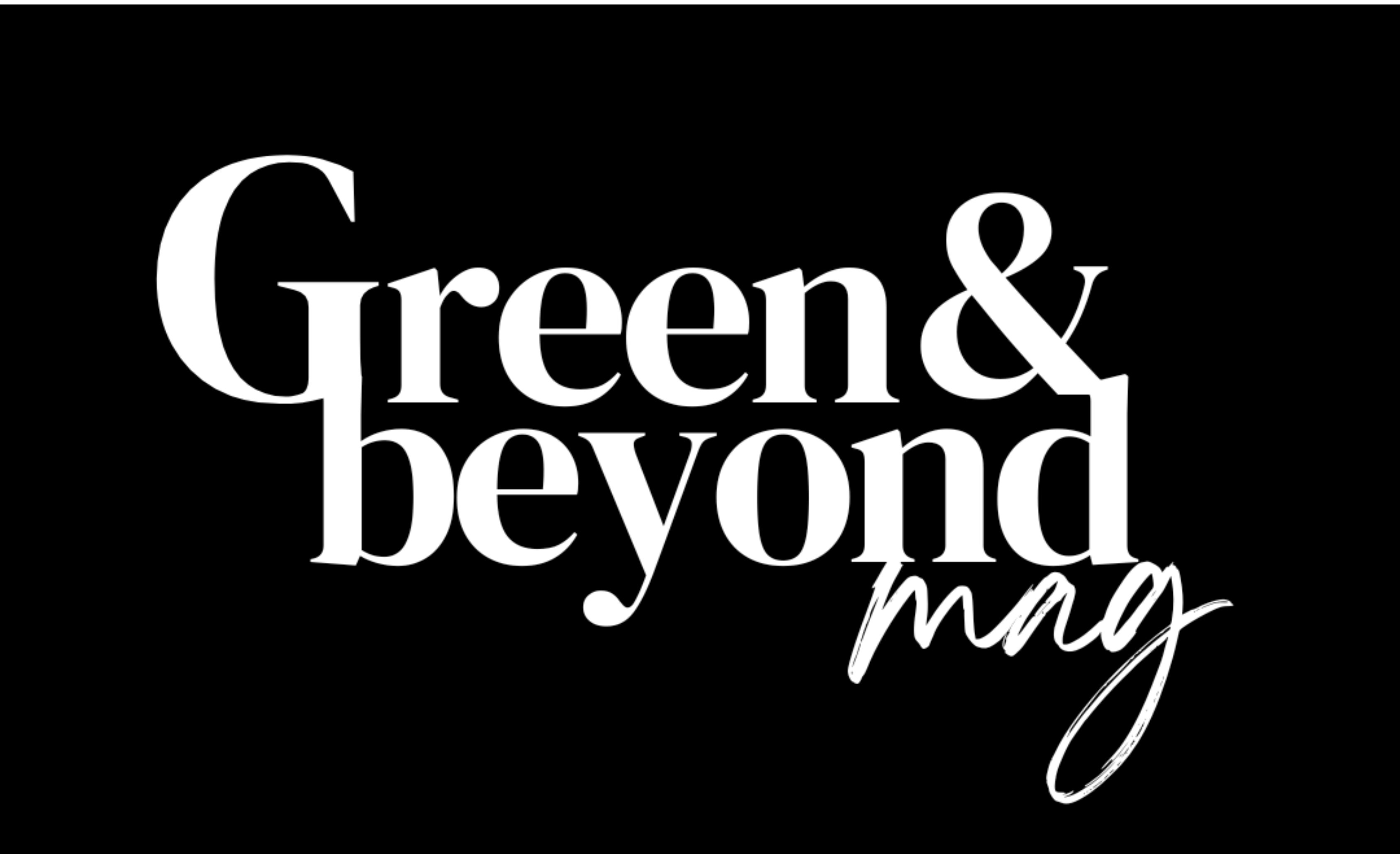Here’s the thing. It’s HIGH TIME we pay extra attention to the fashion industry in the midst of all the COP28 buzz. Wonder why? Well, beyond the glitz and glamor, it has become a $993.6 billion industry (as of 2021 report) emitting a whopping 1.2 billion tons of CO2 annually. And guess what? By the year 2030, it is predicted that total greenhouse gas emissions will increase by 50%. Remember COP27‘s grand promises to tackle these issues? Well, here we are, standing at a crossroads. Despite some positive steps taken, numerous pledges remain unfulfilled, emphasizing the urgent need for concrete actions. As fashion, a historical medium of cultural expression now finds itself becoming a threat to our planet, the Entertainment + Culture Pavilion (E+C Pavilion) at COP28 emerges as a beacon, casting light on the transformative potential of culture and entertainment in steering the fashion industry toward a sustainable future.
The Role of Fashion in Cultural Expression
A Medium for Cultural Storytelling
Fashion is more than just clothes; it’s the storyteller of different cultures worldwide. For generations, people have expressed their identity through garments, imparting stories of heritage, beliefs, and societal roles. As cultures evolve, so does fashion, adapting and redefining itself. The clothes we put on are like a canvas, painting the diverse experiences of humanity. Every thread, stitch, and design is like a language that echoes history, beliefs, and dreams. However, this narrative had to go through a profound shift with the rise of fast fashion.
The Problem of Fast Fashion: Unraveling the Threads of Environmental Decay
Fast fashion, with its swift production, subpar materials, and fleeting trends, has become a formidable challenger to the traditional art of cultural storytelling through clothing. The enchanting narratives once crafted by skilled artisans now contend with a relentless cycle of mass production, consumerism, and disposability.
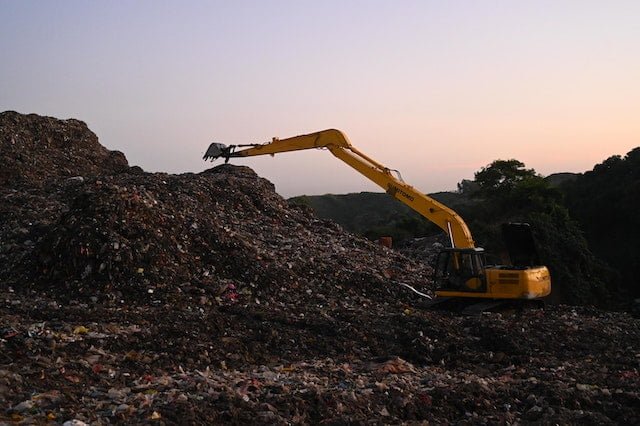
This shift comes at a significant cost – a global environmental toll. The ceaseless wheel of fast fashion creates an astronomical amount of waste, contributing to the concept of waste colonialism. And who ends up dealing with this mess? Often, it’s the developing nations, left to handle the discarded remains of a culture hooked on the fast and the disposable. We talked to Nina Gbor, founder of Eco Styles, who shed light on the modern lifestyle’s disconnection from material things that fuels rapid, linear, and often meaningless consumption.
“This trend cycle leads to an obscene level of clothing, electronics, automobiles, and other types of material waste. Therefore, overconsumption is the modern cultural trend. We’ve just accepted this as normal and it’s not okay. ” – Nina Gbor shared with Green & Beyond Mag
As we dig into the origins of this mess, it’s crystal clear – the fast fashion narrative is not just about clothing; it’s a whole story of environmental degradation, exploitation, and a not-so-great departure from the good old days of rich cultural expression.
But, hey, here’s the plot twist – even with this eco-crisis on our hands, fashion still holds the power to be that storyteller. It’s a wake-up call to go back to the basics, to rediscover the narratives embedded in each stitch, and to dream of a future where cultural expression and environmental love can coexist. The E+C Pavilion at COP28 stands as our Northstar, inviting us to reimagine fashion’s role in cultural expression and environmental stewardship. Now please stick around because we’re soon diving into how the E+C Pavilion is making this magic happen. But first, let’s take a stroll through how fashion shapes the narratives that echo worldwide.
Fashion on Shaping Global Narratives
Let’s think about it: Fashion isn’t just about the clothes we toss on; it’s this really cool, dynamic force that has the power in shaping global narratives. The choices we make in our wardrobes go beyond personal style – they contribute to a broader conversation about identity, values, and the world we want to live in. Now, as we navigate this wild maze of fashion, culture, and climate action, here’s the kicker – the choices we make when picking out our OOTDs go way beyond just our personal styles.

The narrative power of fashion lies in its ability to reflect cultural identities and influence societal norms and values. Unfortunately, fast fashion has distorted this narrative, steering it away from craftsmanship, tradition, and the essence of cultural storytelling. The swift, disposable nature of fast fashion reduces clothing to short-term commodities, severing the connection between the wearer and the cultural heritage woven into each piece.
E+C Pavilion: A Pioneering Endeavor Cultivating the Power of Narrative Shifts
Since the beginning of time, culture and entertainment have emerged as powerful agents of change, and they still do. The stories we tell, the images we project, and the values we celebrate in our cultural and entertainment spaces have the potential to reshape the narrative around fashion. Now, at COP28, the E+C Pavilion is giving sustainable fashion the spotlight it deserves. It’s not just about showcasing eco-friendly clothes; it’s a space where sustainable fashion becomes a force for change.
The E+C Pavilion is breaking free from the usual climate talk boundaries. In there, sustainable fashion isn’t just a showcase of eco-friendly garments but as a catalyst for change. This pavilion offers a unique opportunity to amplify sustainable fashion messages, recognizing the influence of culture and entertainment in shaping public perceptions.
And guess what? In its commitment to promoting sustainable fashion, the pavilion’s got some really cool programmings lined up, going beyond the norm. One of the key highlights is the Trashion Kenya exhibition. Imagine turning waste into fashion – it’s like art with a purpose. This exhibit isn’t just about showing off creativity; it’s about shedding light on the waste challenges in Kenya using fashion and art as powerful and creative mediums.
A particularly engaging installation, ‘Storytelling with Saris’ by Monica Jahan Bose, adds a unique cultural perspective to the narrative. Draping colorful handwoven Saris from Bangladesh, symbolizing sustainability, this art installation is covered with collaborative climate art and climate pledges by individuals from around the world.
“Through this initiative, Monica uplifts traditional practices in rural Bangladesh, utilizing her own traditional clothing as a tool for movement building, climate action, and empowerment. During COP, Monica will lead a performance and host a workshop at the E+C Pavilion.”
– Organizers at the E+C Pavilion

In a workshop setting, visitors have the opportunity to create their art and climate pledges, fostering a sense of global participation and commitment to sustainable practices.
But wait, there’s more! The pavilion features a compelling showcase of eco-conscious clothing and accessories crafted through environmentally sustainable and socially responsible methods. This segment not only celebrates innovative designs, it’s a celebration of creativity in the fashion world.
Changing the Global Culture of Fast Consumption
Alright, let’s get real about the environmental mess created by the fashion industry. Fixing this mess means changing how we, as consumers, roll. We interviewed some of the prominent expert individuals in the sustainable fashion field; let’s check out their thoughts stirring the pot.
Repairing as an Act of Responsibility and Sustainability
Founder of Fashion Revolution, Orsola De Castro, challenges the conventional narrative surrounding fast fashion. She advocates for viewing fast fashion not as inherently poorly made but as simply made, opening the door to repair and reparation. In her words, “The biggest mistake that we have made over the past 20-30 years was that of reiterating that fast fashion is so badly made we might as well throw it away. Well, we’ve been doing the job for the fast fashion brands, haven’t we?”
However, in response to our inquiry about simplifying the complex topic of sustainability in fashion through entertainment and culture, she shared a perspective that challenges the notion of oversimplification. According to her, our love for convenience is at the root of issues like waste and fast fashion. She’s all about ditching the shortcuts and diving into the nitty-gritty of processes. For De Castro, it’s not about making life easy; it’s about understanding the complexities fully. She believes actions like mending, though not quick or straightforward, embody values like commitment, care, and hope.
She points out that we need to give these acts the time that they deserve, the understanding that they deserve. If we go for oversimplification, we water things down and risk creating even more confusion.
She encourages us to tackle complexities head-on, take time to ask the right questions, and move away from oversimplification.
“Complicated things are more interesting. This is a challenging issue. Nothing but our utmost intelligence and kindness is required.”
Orsola De Castro

De Castro’s vibe is all about embracing the challenge and complexity, proving that the road less simple might be the way to go.
Public Education and Collective Action
Environmental Scientist and Visual Artist, Dr. Zuhal Kuvan-Mills recognizes the impact of public education in curbing fast fashion but proposes a global action plan.
According to her, the love for cheap clothes over the past few decades has come at a massive environmental cost. In her words, “Consumers have become accustomed to undervaluing clothing without recognizing the associated high environmental and ethical expenses.” Mills strongly believes it’s on governments to step up, educate their citizens, and support artisanal clothing production. She’s all in for imposing bans on fast fashion imports and putting a halt to unethical factory production.
For Mills, it’s not just about talking; she’s pushing for strict regulations and bans, drawing a parallel with the global cessation of DDT use. She emphasizes, “Currently, our situation regarding fast fashion is dire, and stringent measures are essential.”
When it comes to shaping the global fashion narrative, Kuvan-Mills puts her faith in the power of culture and entertainment.
“Culture and entertainment can simplify the complexity of sustainability in fashion by integrating eco-friendly narratives into popular media, promoting influencers who champion sustainable fashion, and using platforms to showcase brands with transparent and ethical practices. This creates awareness, making sustainable choices more accessible and appealing to consumers.”
– Dr. Zuhal Kuvan-Mills

Shifting Mindset: Legislation Against Planned Obsolescence
Founder of Eco Styles, Nina Gbor delves into the societal conditioning that propels overconsumption. She highlights the role of planned obsolescence, where products are intentionally designed with a short shelf life, contributing to a wasteful cycle.
Gbor advocates for legislation that mandates companies to embrace circular economy principles, eliminating planned obsolescence and granting consumers the right to repair. This legislative intervention, coupled with a cultural shift away from the trend-driven fast fashion cycle, forms the core of Gbor’s vision for slowing down or ending the fast trend culture.
“To change the global culture of fast consumption, we need to get off this TRENDmill.”
– Nina Gbor

All these diverse viewpoints come together to highlight the intricate relationship between culture, entertainment, and the fashion industry. It’s like they are all teaming up to tackle the tricky puzzle of sustainability in a pretty comprehensive way.
Banning Fast Fashion Business Models
Founder of Curiously Conscious and Ethical Influencers, Besma Whayeb calls for a radical transformation by advocating for the ban of fast fashion business models.
“We are past the stage where extracting huge amounts of resources from our planet is sustainable, and as a species we should be striving towards the fair treatment of all people, and all living beings.”
– Besma Whayeb
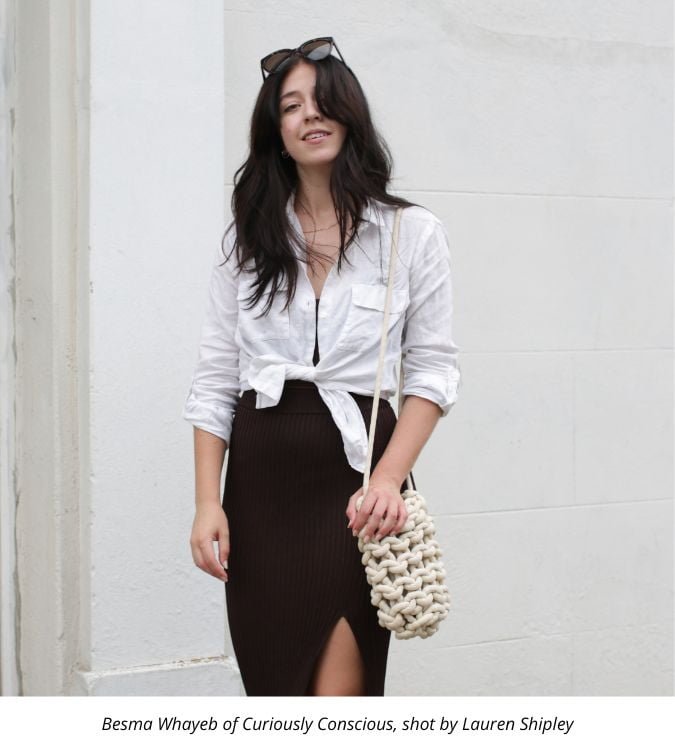
Recognizing the urgency of planetary preservation, Whayeb emphasized the need for capitalism to measure its effects on people and the planet with the same importance as profit. By challenging the fundamental structure of fashion capitalism, she envisions a future where the industry prioritizes fair treatment, sustainability, and ethical practices. Whayeb’s perspective aligns with the notion that media can play a pivotal role in normalizing sustainable behaviors, portraying them not as niche choices but as the norm.
“I love seeing media that normalizes sustainable behaviors – for example, Aisling Bea in This Way Up. Throughout this series, she uses a bamboo toothbrush, cycles to work, wears thrifted clothes, and remains a relatable, hilarious character. Sustainability shouldn’t be a niche, it should be the norm.” – Whayeb adds.
Mainstreaming Information Transparency
Founder of TUAessence, Fernanda Lopez Lima shared how transparency is a key theme in her vision for change in the fashion industry. She advocates for making information transparency mainstream, insisting that individuals need to be aware of the entire production and distribution chain behind the clothes they buy.
“Differences only occur when people care. And people only care when they engage, which is only possible by learning the whole truth. Without good and real storytelling it’s impossible to create mass consciousness awareness. Therefore, the best way to change the global culture of fast consumption is to make information transparency mainstream!”
– Fernanda Lopez Lima

Lima believes that consumers must understand the monetary impact of their choices – a form of voting with every purchase. Her call for strict norms, rules, and laws to enforce transparency indexes aims to hold brands accountable for their workforce, raw materials, production/distribution chains, and profit margins. By shedding light on the hidden aspects of the fashion industry, consumers can make informed decisions that align with their values.
Making Fashion Exclusive
Global Community Lead at Slow Fashion Movement, Puja Mishra reframed the narrative around fashion, urging a departure from the prevalent click-and-doorstep culture. In here words, “The overt accessibility of fashion has made it a mere commodity of capitalism. And we need to shift that. We need to make fashion rare, beautiful and exclusive. It should be an expression of love, of the relationship that we have with every thread of it.”
By making fashion a form of art that reflects relationships and emotions, Mishra proposes a shift away from mass production and accessibility. Her vision aligns with the intersection of culture, entertainment, and fashion, emphasizing the potential for these realms to simplify and resolve the complexities of the present-day fashion system.
When it comes to simplifying the concept of sustainable fashion, Mishra dives into the good ol’ days when fashion wasn’t this intricate web of confusion.
“Fashion wasn’t always this complicated. At the intersection of culture, entertainment, and fashion, we see a phenomenon that simplifies the complexities of the present-day fashion system. For ages unknown, fashion has been a medium to mirror culture and tradition. Entertainment shapes the way we view the world. We assert our identity through our fashion choices which branch out from our inherent traditionalism and perspective of how we see the world.
– Puja Mishra

She takes us on a trip down memory lane, recalling how our grandmas used to roll. Picture this: after all the household chores, they’d stroll to the local park or community hall. The scene? A community connection, art creation, entertainment, and just living in the moment—all in these social sewing circles. She lovingly refers to it as a good old “stitch & bitch” session (a term that surfaced after World War 2).
In her eyes, their relationship with clothes was crystal clear—they weren’t just sewing; they were weaving threads of sustainability for generations to come. Mishra’s message is clear: maybe we need to hit the restart button on those practices to untangle the mess that is the complex fashion system today.
Inclusive Representation and Collaborative Efforts
Belinda Smetana, Founder of Sustainable Fashion Talks, emphasizes collaborative efforts as a crucial approach to slowing down fast consumption. Through platforms like the Entertainment + Culture Pavilion at COP28, Smetana envisions a space where governments, businesses, non-governmental organizations, and the public converge to amplify sustainable fashion initiatives. While education and awareness play a pivotal role, Smetana also highlights the importance of inclusivity and diversity in the field to effectively advocate sustainable fashion.
“Culture and entertainment can promote diversity and inclusivity in sustainable fashion, highlighting the work of designers from diverse backgrounds and emphasizing the importance of equitable and ethical fashion practices.”
– Belinda Smetana
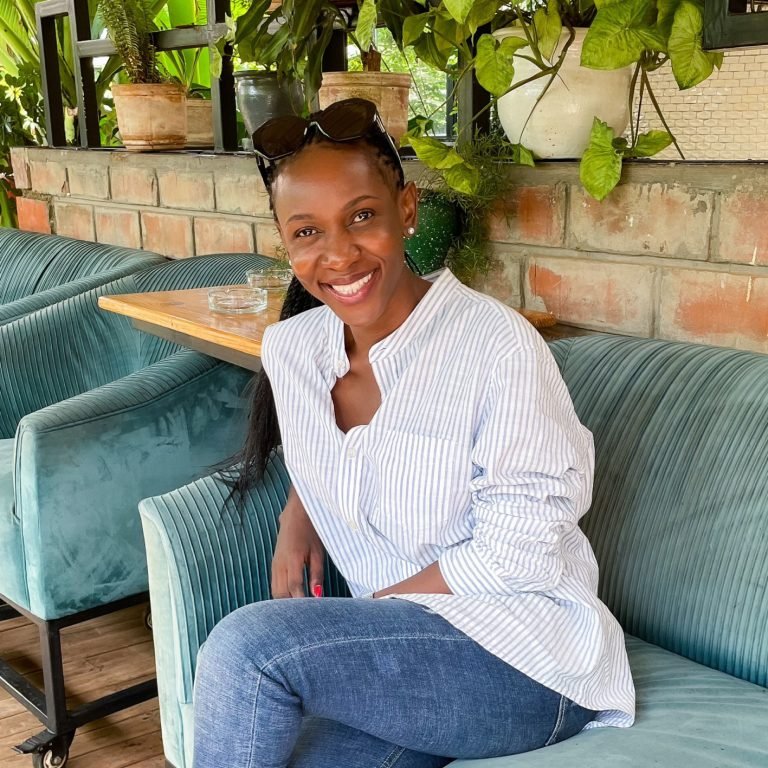
Call to Action: Empowering Individuals to Catalyze Change
Reflecting on these insights, it’s evident that change is not just possible but essential. The power to transform the global culture of fast consumption lies in the hands of individuals who can collectively influence the fashion landscape. Here’s a call to action, urging everyone to contribute to the paradigm shift towards sustainability:
Educate Yourself: Take the time to understand the true cost of fast fashion. Explore documentaries, articles, and resources that delve into the environmental, social, and economic impacts of the fashion industry. Knowledge is the first step towards making informed choices.
Support Sustainable Brands: Shift your purchasing habits towards brands that prioritize sustainability, ethical production, and transparency. By supporting these brands, you contribute to the demand for environmentally friendly and socially responsible fashion.
Embrace Slow Fashion: Challenge the notion of disposability by adopting a mindset of slow fashion. Invest in timeless pieces, repair and maintain your clothing, and participate in the circular economy by recycling and upcycling.
Advocate for Change: Use your voice to advocate for sustainable practices in the fashion industry. Engage with brands, policymakers, and influencers on social media. By amplifying the demand for change, you contribute to the momentum towards a more sustainable future.
Participate in Local Initiatives: Get involved in local initiatives that promote sustainable practices and circular economies. Whether it’s a clothing swap, a repair workshop, or community-driven sustainability projects, your participation makes a difference.
Cultivate Conscious Consumerism: Pause and reflect before making a purchase. Consider the environmental and social impact of your choices. Cultivate a mindful approach to fashion consumption that aligns with your values and contributes to a more sustainable future.
A Collective Vision for a Sustainable Fashion Future

Now, at this point, it’s undeniable that the mix of fashion, culture, and entertainment isn’t just a trend – it’s a game-changer. Experts are saying it’s time for a shift in our thinking, how the industry works, and how we shop. And guess what? The Entertainment + Culture Pavilion at COP28 is like a superhero headquarters for this change, where stories are rewritten, and good choices get the spotlight.
So, here we are, at the junction of expressing who we are, tackling climate issues, and making fashion sustainable. The mission is clear: each of us can be a hero in this story. Through education, conscious consumerism, and active participation, we can together create a future where fashion not only reflects our cultural identity but also honors the planet we call home. Just imagine a world where fashion isn’t just a statement but also a salute to our planet – pretty cool, right? The Entertainment + Culture Pavilion at COP28 stands as an instrument for the transformative potential of culture and entertainment in shaping a sustainable and beautiful world – one garment at a time.
Stay tuned as we unravel more insights and initiatives from COP28’s Entertainment + Culture Pavilion, where fashion, culture, and climate action intertwine to shape a sustainable tomorrow.
Maesha is a writer, designer and a social worker. She found her passion in writing for positive impact, specifically for the planet after having been actively involved in the development sector for over 6 years. She is an official member of Creatives For Climate and a Global Ambassador at Slow Fashion Movement.
